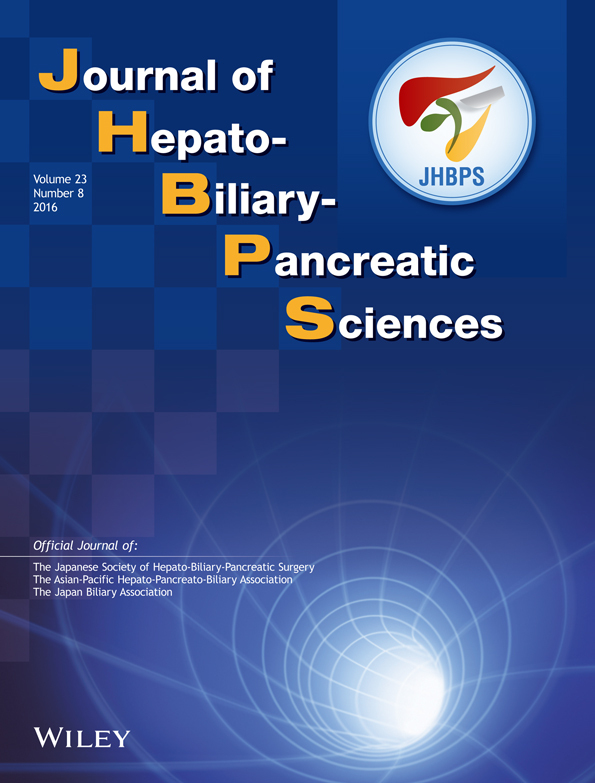Accumulation of phosphorylated p62 is associated with NF-E2-related factor 2 activation in hepatocellular carcinoma
Abstract
Background
Frequent alterations are observed in glucose metabolism in hepatocellular carcinoma (HCC). Activation of various enzymes, including ones involved in the pentose phosphate pathway, by NF-E2-related factor 2 (NRF2), controls redox homeostasis in HCC. However, the mechanisms mediating NRF2 activation remain unclear. Here, we aimed to investigate the correlation between NRF2, Kelch-like ECH-associated protein 1 (KEAP1) syntheses and p62 phosphorylation in HCC.
Methods
Biospecimens were collected from 30 patients with HCC. Protein samples were prepared through subcellular localization. Protein synthesis and phosphorylation were measured by sodium dodecyl sulfate polyacrylamide gel electrophoresis and immunoblotting. Statistical correlations among immunoblotting data and clinical features were analyzed using SPSS.
Results
Compared to non-tumor counterpart, phosphorylated p62 was accumulated in HCC (12/30; 40% of patients). Nuclear localization of NRF2 was frequently augmented in HCC (19/30; 63.3%). Statistically, p62 phosphorylation was associated with augmented activation of NRF2 (P = 0.001). Accumulation of p62 per se was moderately associated with NRF2 activation (P = 0.132). Loss of KEAP1 protein, on the other hand, poorly correlated with NRF2 activation (P = 1.000).
Conclusion
In Japanese HCC, NRF2 activation is associated with phosphorylation of p62, but not with KEAP1 status.




